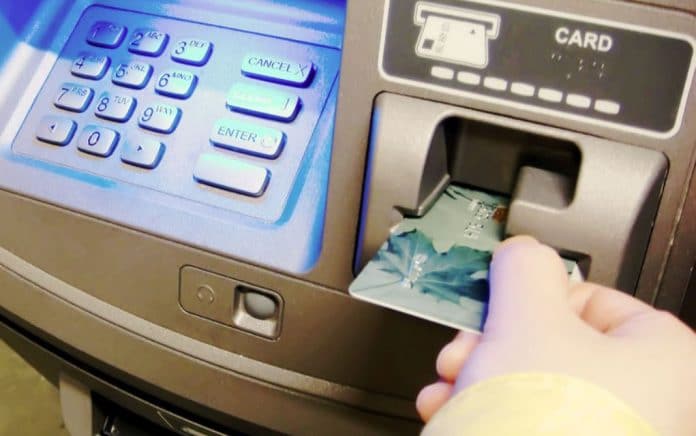By Shiona Davies
The latest SME Finance Monitor findings to Q2 2017 were published in September. The largest and most frequent study of its kind in the UK, research findings have been gathered from 120,000 interviews across 25 waves of interviews since 2011.
While there have been no dramatic changes in overall attitudes since the EU referendum and in general much of the data is stable, the key issue remains the limited demand for external finance. There were however, signs in the first half of 2017 that larger SMEs were looking to expand their businesses while smaller SMEs were being more cautious about the future.
Those who do apply for loan and overdraft finance remain likely to be successful (78% of loan and overdraft applications made in the 18 months to Q2 2017 resulted in a facility). But, demand for loan and overdraft finance remains muted, with just 4% of SMEs YEQ2 2017 reporting that they applied for a new or renewed loan or overdraft facility in the year prior to interview. This has declined over time from 11% of SMEs in 2012 and across all size bands.
Some of this low demand is due to attitudes towards finance, which in many respects has changed little over time. A majority of SMEs agreed that their plans for the business were based on what they could afford themselves (81% agreed YEQ2 2017) and that they would accept a slower rate of growth rather than borrowing to grow faster (70% agreed YEQ2 2017).
When asked more directly how they would fund a new business opportunity, 41% of SMEs would be likely to talk to their bank about finance. Almost as many, 38%, would look to selffund the project, either from company resources (a quarter of SMEs held more than £10,000 of credit balances and most who do say it reduces their need for finance) or with funds from the owner/directors. A fear of being in debt and the associated risks means that 18% would be unlikely to take up the opportunity at all.
In this low demand environment, the largest SMEs, who are more likely to be using finance, would be more likely to approach their bank for finance (61%) and had fewer concerns about taking on debt. They are also generally more willing to borrow to grow and indeed to be planning to grow. Meanwhile the smallest SMEs appear to be more cautious than before and more reliant on their own resources.
Looking forward, there are limited signs of increased demand for finance. SMEs were much more likely to expect to be future happy non-seekers of finance (79%), than to be planning to apply for finance (12%) despite most future happy non-seekers being confident that their bank would say yes if they were to apply (65%).
International SMEs (often larger businesses) express more concerns about the impact of current events on their business. Those that import and export for example are more concerned about the current economic climate (19% rate it a major barrier compared to 13% of SMEs overall) and political uncertainty (29% rate it a major barrier compared to 13% of SMEs overall) while ‘changes in the value of sterling’ is rated a major barrier by 26%, compared to 10% of SMEs overall. These international business do though remain more likely than SMEs generally to be planning to apply for finance (18% Q2 2017) and to be planning to grow (69%).
Shiona Davies is director of the BDRC, an award-winning insight agency. The SME Finance Monitor investigates the availability of external finance for the UK’s small and medium-sized enterprises (SMEs). A full copy of the SME Finance Monitor is available at: smefinancemonitor.com


